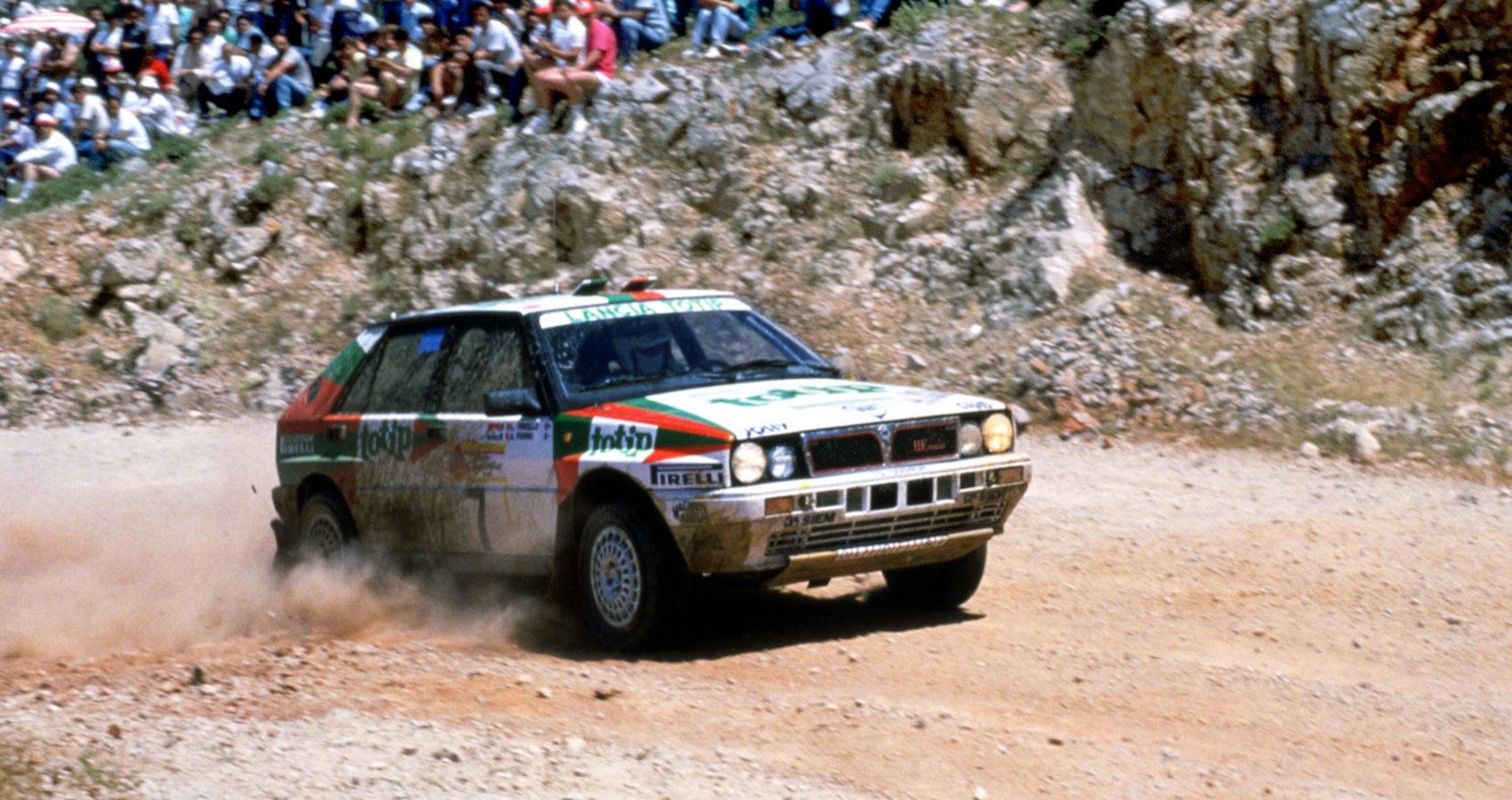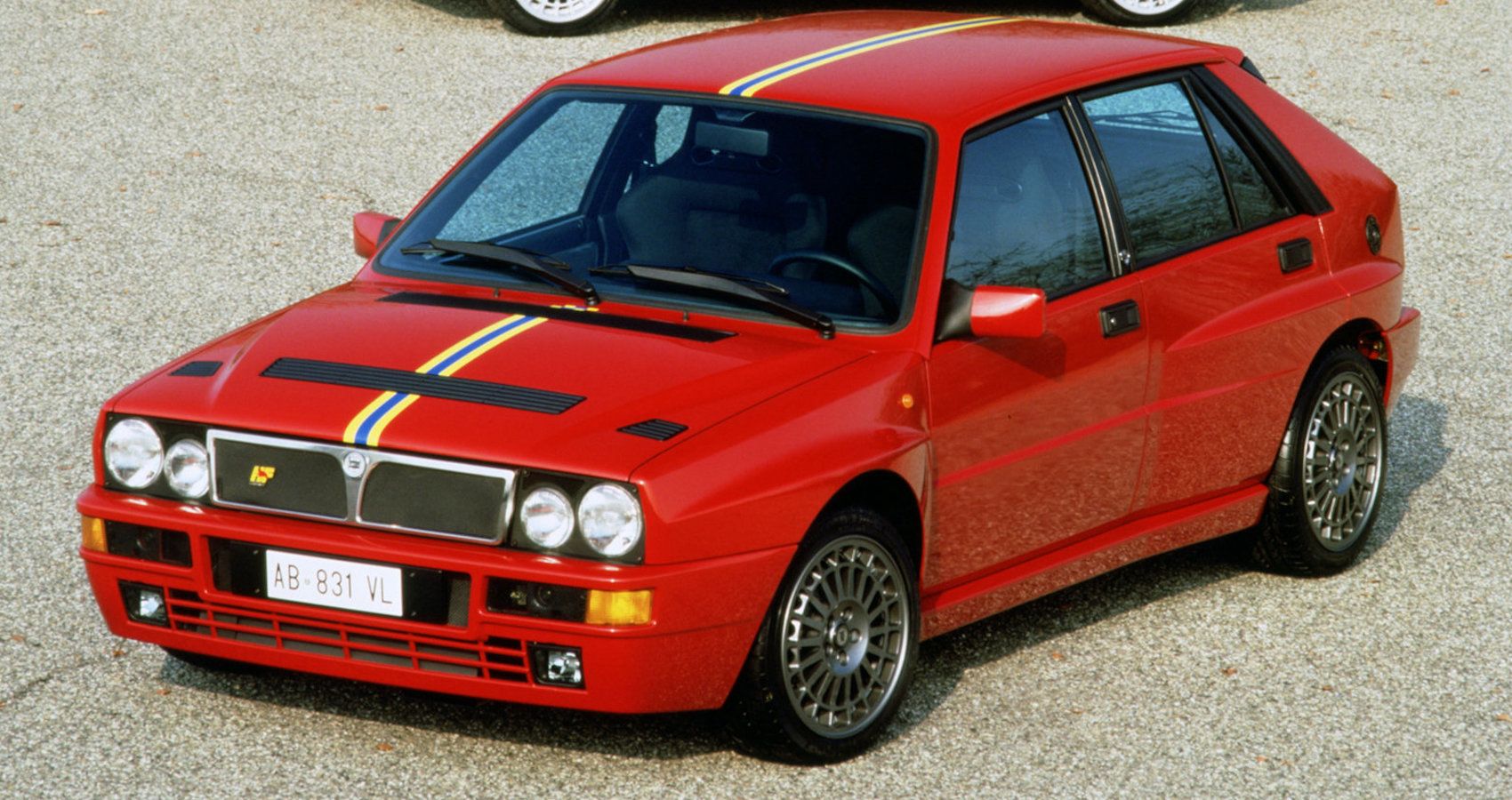If you haven’t been in the automotive space for too long, you’ve probably never heard of an Italian brand with the name Lancia. The iconic automaker has fallen off the radar and now produces a much more, let’s face it, boring product. In their heyday, they were one of the leading manufacturers of sports cars in the world, incl hot hatchbacks.
With an almost unrivaled world rally racing record, their road cars took all the good things about racing cars and made them useful. When the Lancia Delta Integrale first came out, it was unorthodox, to say the least. Its square shape was definitely 80s, but it was full of explosive surprises, unlike most of its rivals.
The compact hatchback was race-ready, and its homologation production set the tone for one of the most exciting car categories around: the hot hatchback. The recipe was simple, small, light and super powerful, all of which combined to make a lot of fun. The Lancia Delta Integrale became the benchmark that all future hot hatches would aim to achieve. Here’s how.
What makes the Lancia Delta Integrale a special hot hatch?
Lancia had been dominating the Group B rally scene. Their icon, the Stratos, was essentially a Ferrari-powered coupe with an ultra-short wheelbase and extreme weight reduction. It was an absolute weapon. The same can be said of the Lancia 037, the car that won the last rally championship achieved by a rear-wheel drive vehicle.
Soon after, Group A took over from Group B. The new racing series had a much greater focus on safety, done primarily by limiting power. To match, Lancia built an HF4WD version of the front-wheel-drive Delta which went 1-2 in its first race at Monte Carlo in ’87. Lancia ended up winning the drivers’ championship with the HF4WD before introducing finally the HF Integrale at the Rallye de Portugal in 1988.
The Delta was already on sale since 1978, it was a modest but slightly sporty hatchback, but until Group A arrived, it was of no use for Lancia rallies. However, after it was proven in the dirt, everyone wanted one. The Lancia Delta Integrale brought its rally-winning magic to the streets and made its mark on the world of hot hatchbacks.
How fast was the Lancia Delta HF Integrale?
The road variant of the Delta Integrale was introduced in 1987. While most manufacturers would bask in the glory of producing a car that won the World Rally Championship in its first season, Lancia did not do. They designed the Integrale to use all the features of the rally car but meant for the road. The result was a 0-62 time of just 6.6 seconds and a top speed of 133 MPH.
Powering it, the HF Integrale had a fuel-injected, 2-liter, 8-valve, 4-cylinder twin-cam engine. The whole mouthful. But it was a road variant of one of the most competition-proven power units in the world. With new valves, valve seats and a water pump, as well as larger water and oil radiators and a larger turbocharger, it increased the final output to 182 hp. He also highlighted the behavior of the Integrale management. It was nimble but heavy, making the driver feel extremely connected to the asphalt.
The engine was mated to a 5-speed manual that was actually very technologically advanced for the time. The drivetrain featured permanent all-wheel drive with a slight power bias to the front wheels. This recipe of a small but practical body, a manual gearbox and an engine with racing pedigree is the recipe that has been synonymous with hot hatchbacks ever since.
How much does a Lancia Delta Integrale cost today?
Today, cars like the GR Yaris carry the Delta Integrale’s flame. The GR Yaris followed the same recipe, rally-DNA, small and very fun. However, this comes at a cost. A GR Yaris costs about $45,000; this is premium sports car territory For that kind of money, you could easily walk into Lancia Delta ownership.
At the lower end of the spectrum, an 8v model of the Delta Integrale will set you back as little as $15,000. For this kind of cash, you’ll find an acceptable example but nothing too precious. However, on the other side of the scale, you can go up to $300,000 if you want to buy the highly coveted HF Evo II model, the top dog of Lancia Deltas.
Either way, the Delta is a great buy, and there are proven ways to enjoy one on the cheap; just ask Chris Harris. Cars like the Delta are a thing of the past and therefore a hot commodity. Now that they’re all older than the 25-year import law, the market for them has opened up stateside, and prices for the godfather of the hot hatch movement are only going to go one way.





